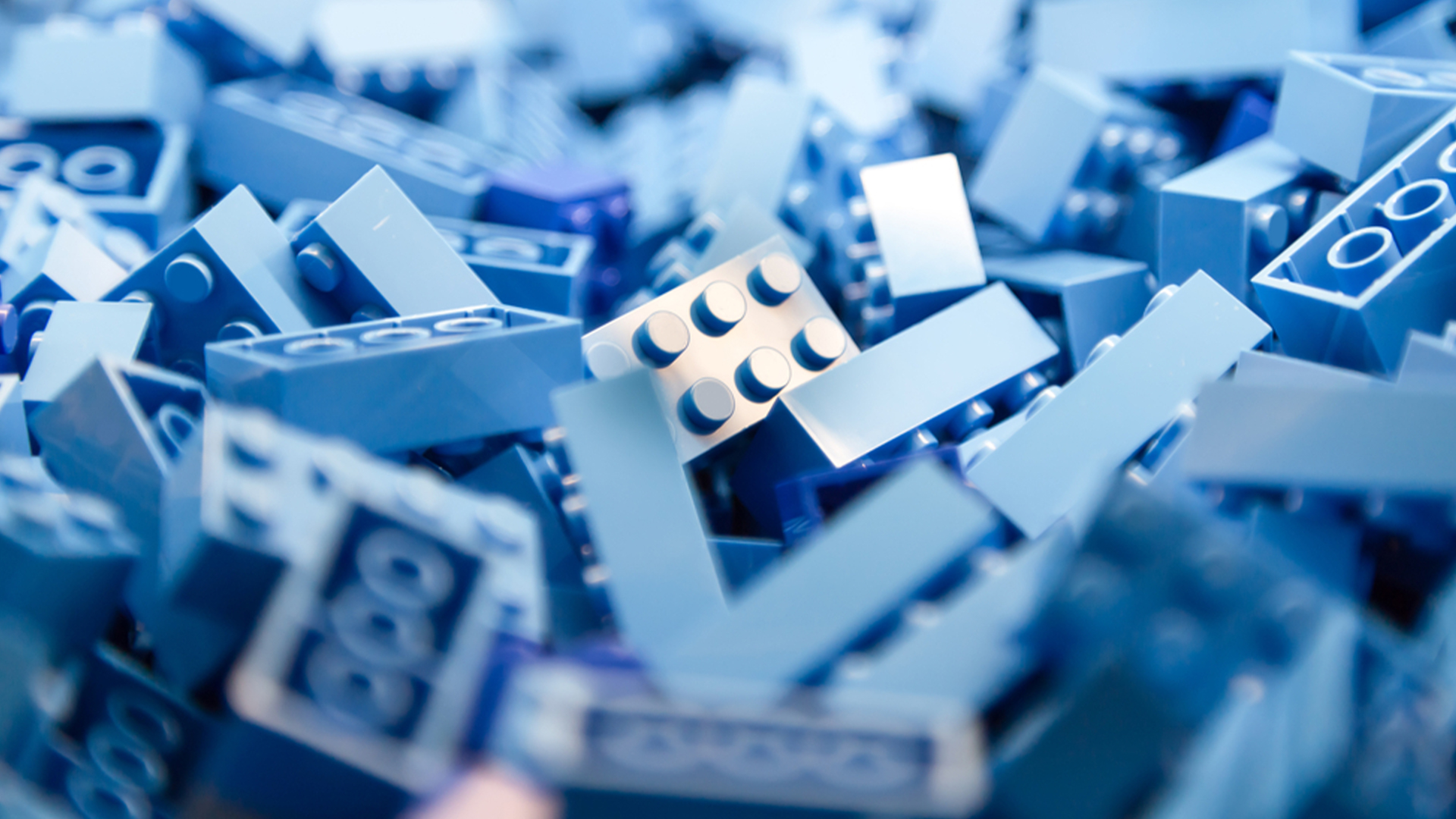Hero Toys
Famous psychiatrist Sigmund Freud, the founder of psychoanalysis, says that a playing child reorganizes what takes place in his world in a new way that makes him happy. Can you really imagine a world without toys? What would our childhood be like if we didn't have toys that push the limits of our dreams? Luckily we don't have to look for answers to this question because there are enough toys for all the kids in the world!
.jpg)
“There is a toy that has a great place in the development of children's intelligence and carries the limits of their dreams to infinity; blocks. Although it was originally a brand name, the success and success it created caused the brand to give its name to the product. Simply put, lego is a toy that allows endless shapes and concepts to be created with tiny interlocking plastic blocks. The shrinking economy and increasing demand for toys during the Great Depression enabled the brand, which was a small workshop providing carpentry services, to turn its attention entirely to toys.
Blocks made of metal and wood were a huge success and legos started to gain popularity. However, the Second World War changed the production and consumption habits as well as many other things in the world. Since metal was an integral part of the war industry, its use in the manufacture of toys was unthinkable; Conditions were harsh and resources were limited. Wood was also difficult to manufacture and, like metal, was hard to reach. In such a period, plastic raw materials emerged as a solution to material shortages.
.jpg)
This is exactly how Lego began to rise. The reasons such as the easy accessibility of plastic raw materials, the fact that it is much easier to shape compared to metal and wood, and its high durability, enabled the use of plastic raw materials, which is a mandatory condition, to carry the brand to a point that it could not even imagine. Over time, the brand started to use only plastic raw materials in production and today it is the largest toy company in the world.
Research shows that legos play an important role in child development. Numerous benefits such as developing aesthetic perception and solving problems at a young age, calculating, strengthening dexterity and memory, obtaining optimum benefit by using the opportunities at hand, and pushing the limits of imagination are provided by these simple plastic blocks. We can never know the limits of a child's imagination; however, we can enable it to expand its boundaries thanks to these simple-looking toys. Who knows; maybe many great architects and engineers have discovered their potential thanks to these tiny plastic blocks!



